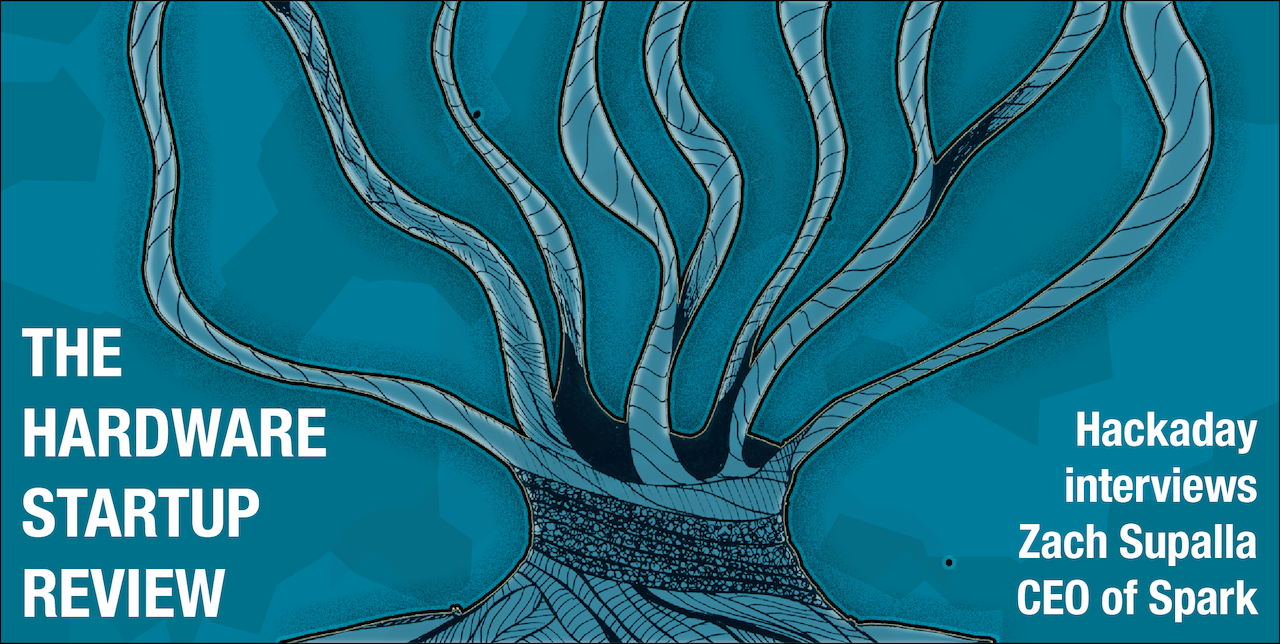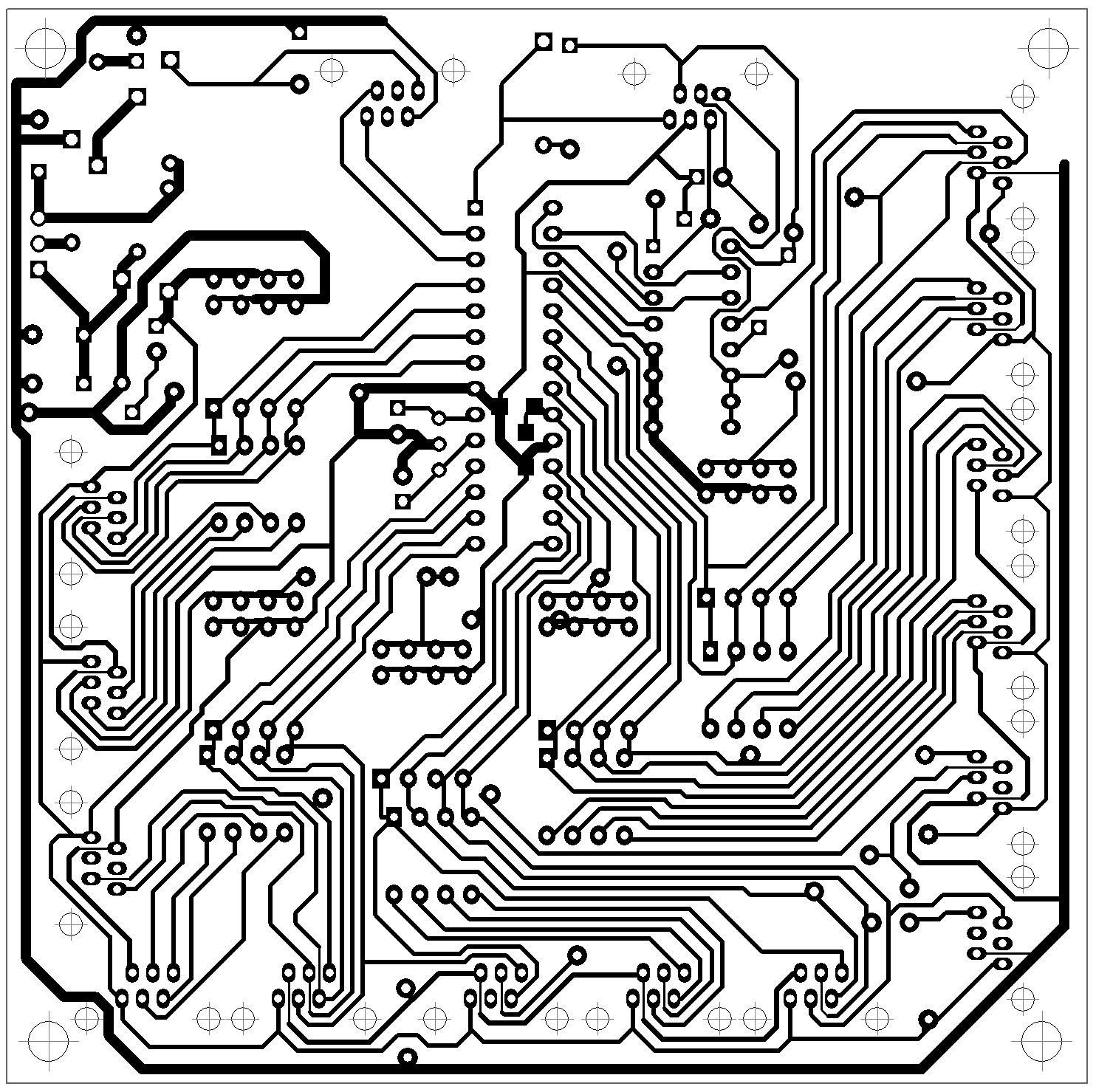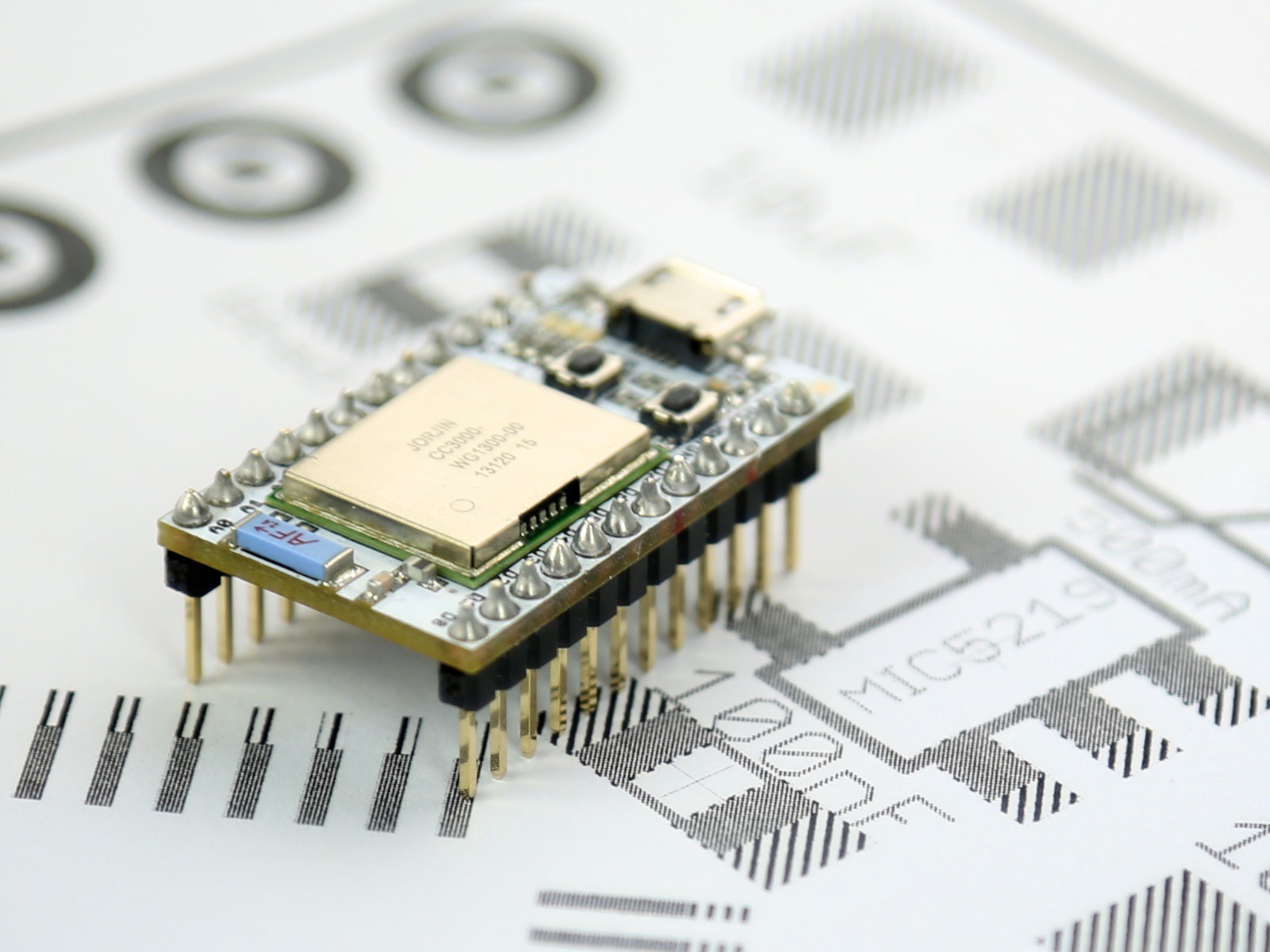The Hardware Startup Review
Weekly insights in Hardware Startup Universe. Hackaday-style.
Weekly insights in Hardware Startup Universe. Hackaday-style.
To make the experience fit your profile, pick a username and tell us what interests you.
We found and based on your interests.



Following our post on IoT platforms, Spark guys reached out and asked if we can do a full interview. Given the unique position Spak is currently in (post-successful Kickstarter, betting heavily on Open Hardware and Open Software...) - we were more than happy to do it. And were pleasantly surprised by all the things we have learned along the way.
Here we give a full (uncut) transcript of our interview with Zach Supalla, CEO of Spark.
Hackaday: Tell us a little bit of a backstory behind Spark
Zach: OK, to rewind all the way back.. in January 2012 I started working on connected lighting product. The inspiration for this was - my dad is deaf and he has lights that flash when someone is at the door, when he gets a phone call on his tty etc. He and my mom had this problem that when he takes his phone from his pocket, he is completely unreachable and I wanted lights to flash when he got a text message. So that is really where all this started - I had a problem that was very real to me, which was my parents communicating and I saw a way to solve this problem with connectivity. If we make our lights Internet-connected, then I can figure out a way to get the signal that this behavior happened to his lights. But then of course, that grew into a larger concept of, well, why should it just be limited to the deaf? lights should be a source of information.. what if lights were more than just lights? what if lights conveyed information about the world and they did things automatically, not like... "I have a remote control on my phone", but like... "the sun went down and lights automatically turn on"-kind of home automation. All to do with lights connected to the Internet.
So we launched this product which eventually took the form of a little plastic thing that sits between your lightbulb socket and the light, that was wifi-connected, sort of WiFi-connected light dimmer switch integrated into light socket, called SparkSocket. It launched in November 2012 and failed. We had a goal of $250,000, we raised $125,000. And so we felt like there was something there, we still had 6-digit raise and 1600 backers but it wasn't enough to cover our manufacturing cost. And so, it took us a while to realize that we needed to change. The feedback that we had received from the market was that our product was not good enough and so over the course of the next few months we struggled to figure out what we should be doing and so we have joined the incubator program called HAXLR8R that was based in Shenzhen and moved there for 4 months during this process.
Read more »After nearly 15 years building, selling, supporting, implementing, and yes, even using, EDA software - schematic, PCB, FPGA, SIM, SI, etc. - I’m convinced I must’ve missed a meeting somewhere. Slept clean thru it. Perhaps there was a meetup somewhere where would-be entrepreneurs speed-date their way thru 5 minute vet-fests, but it seems, from the collective ether, a whole gaggle of guys cropped with precisely the same idea at exactly the same moment in time...entangled states perhaps. And here I’d fallen asleep, waiting for something to build.

The notion? Build an online schematic and PCB tool.
Led by the likes of Upverter, DesignSpark and others, it’s like waking up in a parallel universe -- though strangely reminiscent of the 80s when desktop EDA SW became all the rage and we were disrupted by the ease and disease these new entrants created in a market dominated by dedicated CAD machines, and legions of guys with scalpel skills to make a surgeon blush (here’s to the Minions of Mylar!).
The premise: to make an online EDA tool. The promise: We can do it better. We can do it cheaper. We can do it smarter. “...It’s time for a change.” The reality? So far a boulevard of broken dreams, unfulfilled promises, and ill-spent VC dollars (that’s your money too folks). Though before we pack it in and sneak out through the bathroom window, all’s not lost. Just misplaced perhaps. And as for that last item: ‘it’s time for a change’ ...this still rings profoundly true. But it’s going to take more than a few years of Javascript experience and a double-E degree to get there.
Sage wisdom: building an EDA tool is hard. And there isn’t a REST API on the planet that’s going to save you. It may get you that next round of funding but the problems of EDA are hardly exclusive to the tools. The concepts are hard. The data models are hard. And teaching people to adopt a new way of thinking about the engineering problem (!) -- that’s the hardest problem of them all.
Read more »In a world of tech fairy tales, there would be nothing wrong with telling the Spark Core story as yet-another Kickstarter miracle that surprised everyone, especially its founders, who were subsequently left with only one option - to go ahead and change the world. "People have spoken", the Oracle would announce.. "now go and fulfill your destiny". Intentionally or not, Kickstarter has been often instrumental in myth-making and repackaging of impulse reactions to a particular product pitch into ultimate and irrevocable expression of collective free will. Some people just take the whole crowdfunding thing at face value, while others know how to exploit it for fun & profit.

Spark guys were certainly on the "smart" side of this dilemma. Six months before launching the campaign, they joined HAXLR8R, a San Francisco based hardware accelerator program. There they have refined the pitch, product and identified the market and target group that was most likely to help in taking the whole thing off the ground. The market was Maker community, and the trigger was - being a WiFi shield for Arduino that can also operate as an independent device (although these features were presented in reverse order). In the spirit of "lean" playbook, final step was playing the Kickstarter card in order to test the product-market-fit. Learning from experiences of their previous (Spark Socket) campaign which failed to reach its $250,000 funding target, Spark Core set a relatively modest fundraising goal - only $10,000. And knocked its socks off. Being 50x+ oversubscribed just makes everything look so much better.
The product itself is exactly what you would expect out of Y Combinator-style accelerator in 2013 - a "Platform for Internet of Things". People love to fund platforms. They are much more lucrative than the product you sell a piece at the time. Platforms are about a steady stream of recurring revenues, long-term user lock-in and high switching costs, network effects, "app" ecosystem, scalable business models... the works. Selling X "units" of a product only yields revenue that is a function of its net margin. Bringing the same number of users on a "platform", on the other hand, can be worth anything you can dream of. And investors like to dream.
Read more »
Create an account to leave a comment. Already have an account? Log In.
Become a member to follow this project and never miss any updates
By using our website and services, you expressly agree to the placement of our performance, functionality, and advertising cookies. Learn More
Is this dead?